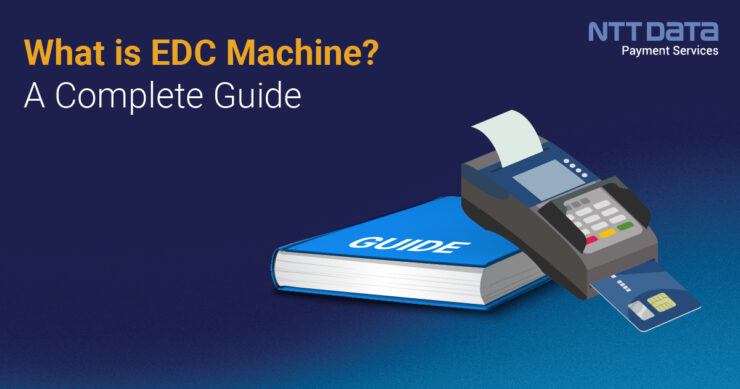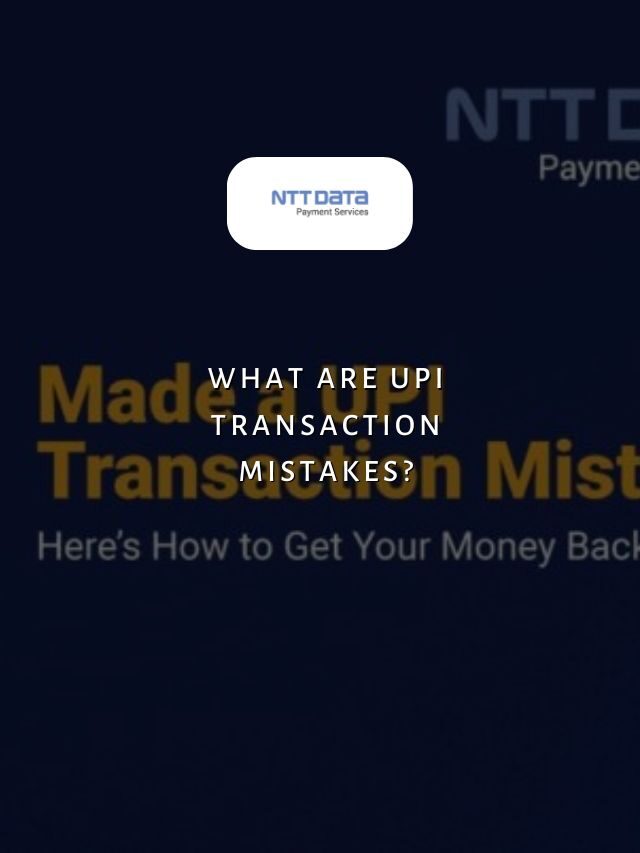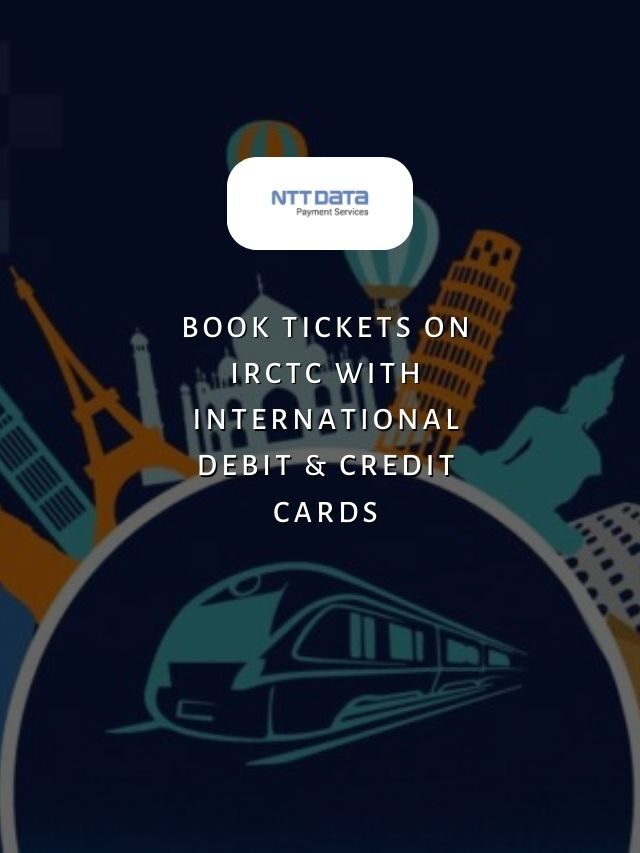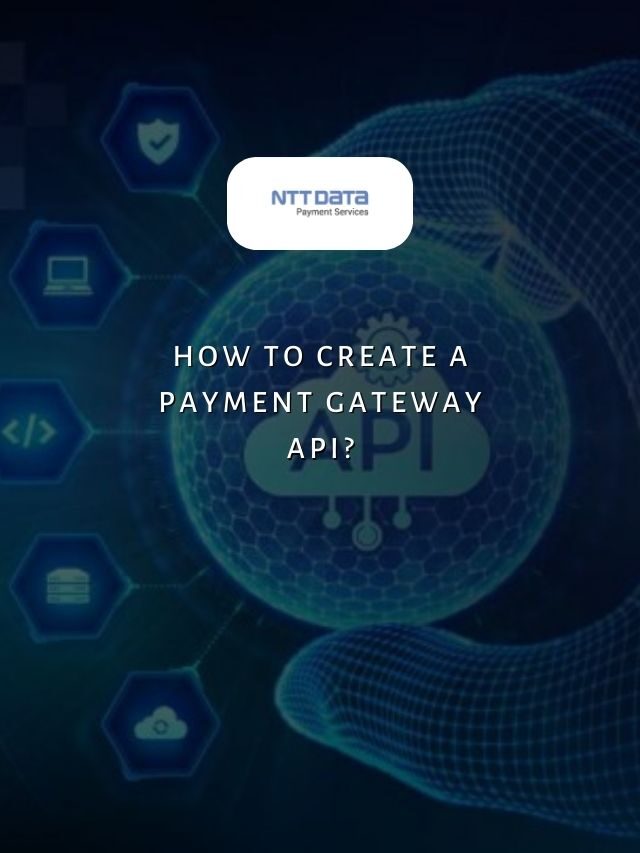
Table of Contents
- 1 A Complete Guide on EDC Machine
- 2 Recent Web Stories
- 3 What is EDC Machine?
- 4 Working of EDC Machine
- 5 Supported Payment Methods
- 6 EDC Machine Types
- 7 Setting up an EDC Machine for Your Business
- 8 Choosing the Right EDC Solution for Your Company with NTT DATA Payment Services
- 9 Benefits of Using an EDC Machine
- 10 The Guide to Selecting the Best Payment Terminal
- 11 EDC Machine: FAQs
EDC or Electronic Data Capture Machine, commonly known as a payment terminal or card machine, is an electronic device that allows merchants to accept card payments from customers.
In this blog, we will discuss everything you need to know, including what is EDC machine and how it work. Supported payment methods, the advantages of using an EDC machine, and more.
A Complete Guide on EDC Machine
The basic components of an EDC machine include a keypad or touchscreen to enter transaction details, a card reader to scan/swipe/dip cards, a printer to provide receipts and a GSM/GPRS module to connect to payment networks via mobile networks. More advanced EDC machines also integrate with inventory, loyalty and billing software.
Recent Web Stories
What is EDC Machine?
An EDC or Electronic Data Capture machine is a point-of-sale (POS) terminal allowing merchants to accept customer electronic payments. EDC machines read payment card information, process transactions, and connect to payment networks to authorise payments.
Working of EDC Machine
Here is a step-by-step overview of how an EDC machine works to process a card payment:
- The merchant enters the transaction amount on the EDC machine keypad or touchscreen.
- The customer inserts, swipes or taps their debit/credit card through the EDC machine’s card reader.
- The card details are encrypted and sent to the associated payment network (Visa, Mastercard, Rupay, etc.) for authorisation.
- The payment network processes the transaction and responds with an approval or decline message.
- If approved, the funds are transferred from the customer’s bank account to the merchant’s bank account.
- The EDC machine prints a receipt for the customer’s record.
- Transaction details are stored locally on the EDC machine and sent to the merchant’s bank/payment processor for reconciliation.
Supported Payment Methods
Modern EDC machines support a wide range of electronic payment methods, including:
- Credit cards (Visa, Mastercard, Amex, Rupay, etc.)
- Debit cards
- Unified Payments Interface (UPI)
- Mobile wallets (Paytm, Google Pay, PhonePe, etc.)
- QR code/scan payments
- EMI/deferred payment options
- International cards
EDC Machine Types
There are different types of EDC machines available based on features, capabilities and targeted industry:
- Basic card readers – Entry-level machines that only accept chip-based cards.
- Mobile card readers – Attach to smartphones/tablets to accept payments anywhere.
- All-in-one POS systems – Integrated machines with billing, inventory and loyalty features.
- Linux-based POS systems – Rugged devices for QSRs and high transaction volumes.
- mPOS devices – Mobile point-of-sale devices that double as EDC machines.
- Cloud-based POS – Software-based POS that runs on any device with an internet connection.
Choosing the right EDC machine depends on factors like payment volumes, network connectivity, required features, and industry.
Setting up an EDC Machine for Your Business
After purchasing the right EDC machines, here are the basic steps to set up an EDC machine for accepting card payments:
- Register for a merchant account with an acquiring bank or payment processor.
- Apply for an EMV certificate from the bank to integrate the EDC machine.
- Install and configure the EDC machine as per bank guidelines. Insert SIM, set APN, install printer rolls, etc.
- Connect the EDC machine to a reliable internet source.
- Conduct device certification and security checks with the bank.
- Start accepting payments using the supported modes on the EDC machine.
- Settle funds from the payment processor to your bank account.
- Comply with PCI DSS guidelines to ensure payment security.
Choosing the Right EDC Solution for Your Company with NTT DATA Payment Services
Through innovative solutions like online payment gateways, POS machines, IVR, merchant apps, and custom products for banks, NTT DATA Payment Services empowers businesses of all sizes to securely accept different payment options. Its robust and scalable platforms ensure merchants can track payments in real-time and boost their sales.
Going forward, NTT DATA Payment Services is committed to developing new customer-centric solutions leveraging emerging technologies by delivering a safer and more efficient digital payment experience.
Benefits of Using an EDC Machine
Here are some key benefits merchants gain by accepting payments via an EDC machine:
- Increased sales by accepting card payments
- 24×7 payment acceptance
- Hassle-free reconciliation of transactions
- Quick settlement of funds in the bank account
- Digital record-keeping for accounting
- Integrations with inventory, billing and POS software
- Loyalty programs and offers to drive repeat customers
- Detailed sales reports and analytics
- Compliance with PCI DSS security standards
The Guide to Selecting the Best Payment Terminal
The use of EDC machines has revolutionised how businesses accept online and in-store payments. EDC terminals have boosted sales and profitability for merchants of all sizes by enabling quick, secure, paperless card transactions.
With evolving customer preferences towards digital and contactless payments, integrating an EDC solution has become essential for businesses looking to stay ahead of the curve.
| Also, you can get frequent updates on nttdatapayments Instagram page. |
EDC Machine: FAQs
1. What is the function of an EDC machine?
An EDC or Electronic Data Capture machine is used to process electronic payments made via credit/debit cards, UPI, wallets, etc. Its main function is to read card details, authorise transactions and connect merchants to payment networks.
2. How do you use an EDC machine?
To use an EDC machine, enter the transaction amount, insert/swipe/tap the payment card, and enter a security PIN if needed. The machine will process authorisation and print a receipt. Funds are transferred from the customer to the merchant account on approval.
3. How many types of EDC machines are there?
The different types of EDC machines are
- Basic card readers
- Mobile readers
- All-in-one POS systems
- Linux POS
- mPOS devices
- Cloud-based POS
4. What are the benefits of using an EDC machine?
These are some key benefits of using an electronic payment terminal:
- Supporting more payment options
- 24/7 payments
- Digital records
- Quick fund settlement
- Detailed Sales reports
5. How do I set up an EDC machine for my business?
To set up an EDC machine, purchase/rent a machine, register for a merchant account, apply for certificates, install and configure the machine, connect it online and start accepting payments after required checks. Comply with PCI DSS security guidelines as well.







